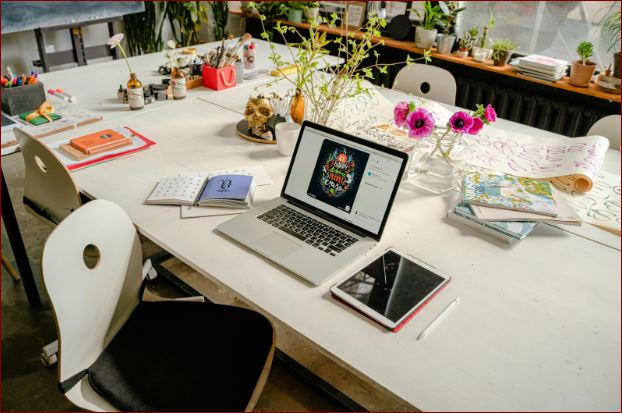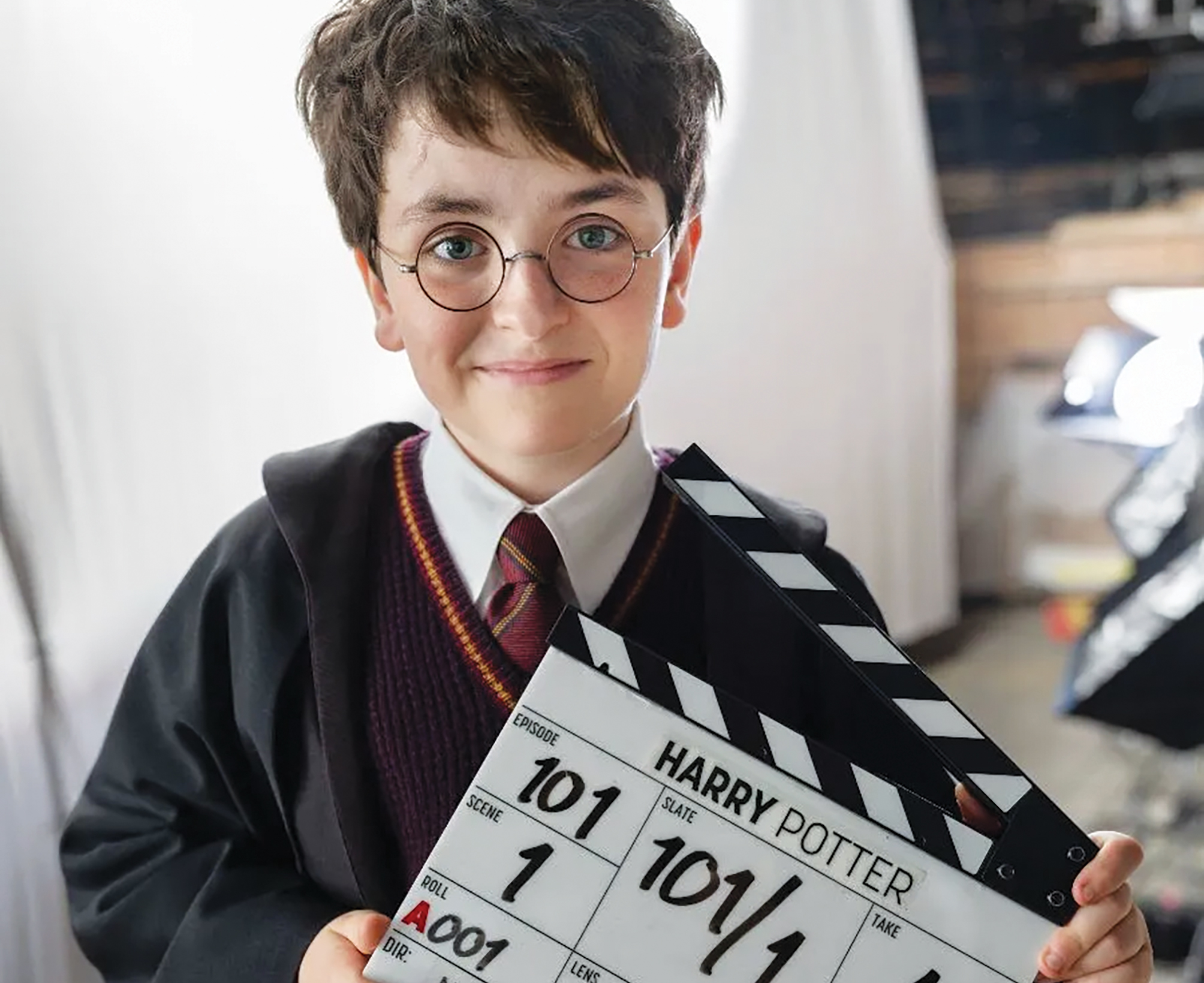In today’s digital era, visual communication is evolving quickly, and stickers are taking center stage as a versatile way to express ideas, emotions, and brand identity. With the rise of artificial intelligence in image generation, creating custom sticker designs is now faster, more personalized, and accessible to a wide range of users—from seasoned designers to everyday social media enthusiasts.
The emergence of AI in Sticker Design
Recent advancements in AI image generators have enabled platforms like DALL-E, Midjourney, and Emu to convert detailed text prompts into multiple unique sticker designs almost instantly. Researchers and tech innovators have fine-tuned these models to ensure that the outputs not only meet visual quality standards but also align with the creative intent behind the prompts. For instance, some tools like cgdream.ai even allow users to generate stickers using short text prompts by adding LoRA styles or expanding prompts with AI.
These innovations allow designers to experiment with various styles—from vibrant holographic overlays and animated sequences to hand-drawn-inspired illustrations—all while keeping production costs low and speeding up turnaround times.
Practical applications and emerging trends
The use of AI in sticker creation is broadening the landscape of digital communication. Whether for personal messaging or brand marketing, AI-generated stickers offer several benefits:
- Personalization and Customization:
Users can generate stickers tailored to specific moods, events, or brand aesthetics. For instance, graduation year stickers or mental health awareness stickers provide unique ways to commemorate milestones or support important causes. - Dynamic Visuals:
Emerging research in animated stickers is adding motion to designs. By integrating temporal layers into models, designers can create short, engaging animations that bring static images to life—ideal for social media stories and digital ads. - Efficiency for Businesses:
Platforms like StickerIt.AI empower entrepreneurs to start their own sticker businesses with minimal design skills. By leveraging AI-driven design tools, small businesses can quickly generate a variety of sticker options that resonate with their target audiences.
How AI enhances the design process
AI image generation tools simplify the creative process by automating the initial stages of design. Instead of starting from scratch, designers can input specific text prompts that detail color schemes, styles, and intended themes. The AI then produces several iterations from which the designer can select, refine, or combine elements. With the aid of an ai sticker generator, designers can quickly explore diverse design options with minimal manual effort. This iterative process not only saves time but also sparks creative ideas that may not have been explored through traditional methods.
A typical workflow might involve the following steps:
- Prompt creation:
The designer crafts a detailed description of the desired sticker—specifying aspects such as style, color palette, and desired effects. - AI generation:
The text is fed into an AI tool that generates multiple sticker options. Tools like Emu or customized fine-tuned models ensure that the outputs have a high level of visual quality and creative diversity. - Editing and refinement:
Designers then review the generated options, making necessary tweaks or combining different elements to produce a final design that meets both aesthetic and functional needs. - Implementation:
The final design can be exported in various formats (e.g., PNG for transparency) and used across different platforms—from messaging apps to digital advertisements.
Bridging the gap between technology and creativity
The integration of AI in sticker design does more than just streamline production—it also redefines how we communicate visually. For many professionals, stickers have evolved from simple decorative elements to dynamic tools that enhance storytelling and brand engagement. With ongoing improvements in AI technology, future advancements may include even deeper personalization options and interactive features, such as augmented reality (AR) integrations that allow users to interact with stickers in real time.
Despite the significant benefits, the adoption of AI-generated designs also brings practical challenges. There is an ongoing debate about intellectual property and copyright issues, especially when AI tools are used to replicate styles or generate designs without clear human intervention. To navigate these complexities, many in the industry are emphasizing the need for human creative input—even if the initial design is generated by AI—to ensure originality and authenticity.
Looking ahead
As we move further into 2025, the landscape of digital communication is set to become even more visually engaging. AI-powered sticker design represents a practical and creative tool that can enhance both personal interactions and professional branding. By blending advanced technology with human creativity, the industry is poised to deliver designs that are not only efficient to produce but also rich in expression and authenticity.
The future of stickers is digital, dynamic, and deeply personalized—offering endless possibilities for those looking to communicate visually in new and exciting ways.
DISCLAIMER – “Views Expressed Disclaimer: Views and opinions expressed are those of the authors and do not reflect the official position of any other author, agency, organization, employer or company, including NEO CYMED PUBLISHING LIMITED, which is the publishing company performing under the name Cyprus-Mail…more







Click here to change your cookie preferences